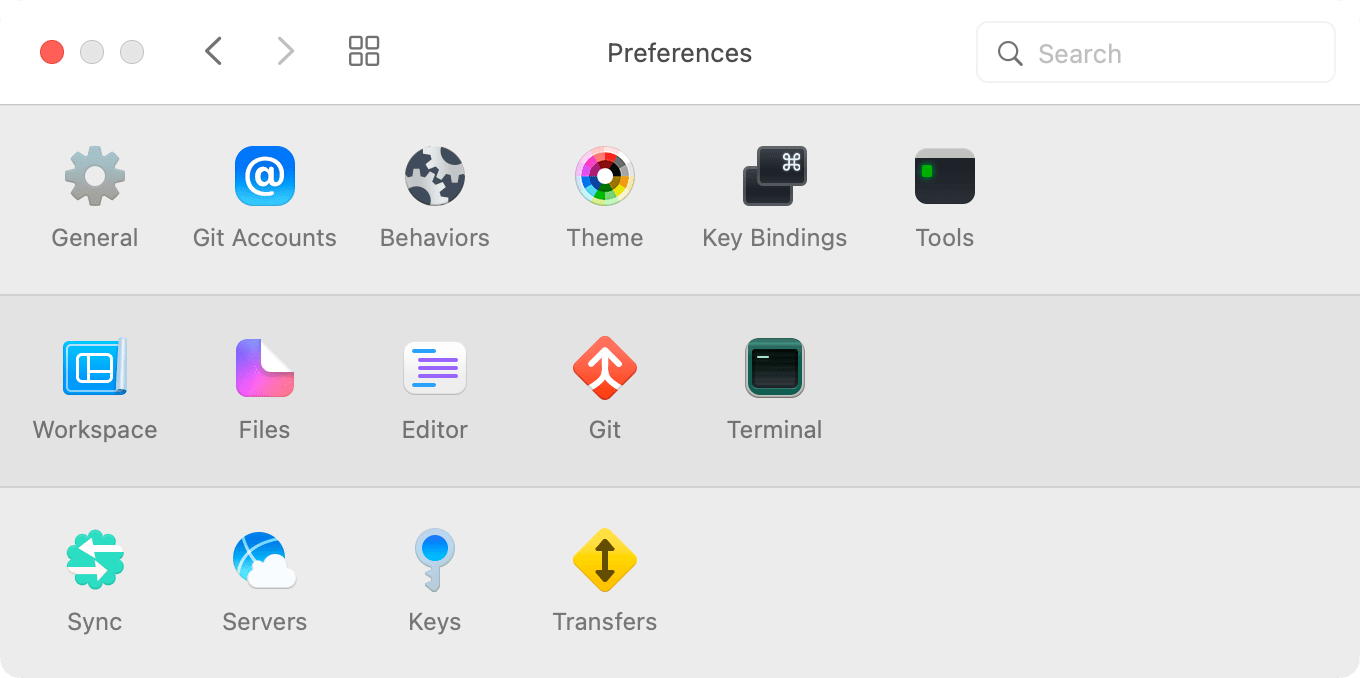
The site displays like it did on the primary server.When editing files that can be previewed within Coda, such as an HTML file, you can split the viewing area. Open a browser, view your site with localhost.

IIS is now using the configuration files that are located of the file server.Ī web server added to your farm by using this procedure retrieves both configuration information and website content from the back-end file server.
#Coda 2 server key not loading password#
In the Encryption Keys Password dialog, type the encryption keys password and click OK. In the Password and Confirm password boxes, type the password for the custom share user account.

In the User name box, type the custom shared user name. In the Physical path box, type the UNC path to the configuration folder on the file server. On the Shared Configuration page, select the Enable shared configuration check box. Under Encryption Keys, type a password for encryption the configuration files, and confirm the password. In the Physical path box, type the UNC path for the shared configuration folder on the file server, for example \\FileServer\Config. In the Actions pane, click Export Configuration. Open IIS Manager, select your server name, and double-click Shared Configuration. Then point the web server to the shared configuration location. To configure shared configuration, export the configuration files to the back-end file server.

The site is displayed as usual, but the content is coming from the back-end file server. Select the application pool for your site, and click Recycle in the Actions pane. Note FullTrust is case-sensitive.Ĭlose the command prompt, select Application Pools in the Connections page. Replace with the folder name for your website. Replace with the name of your shared content folder. Replace with the name of your file server. If your web farm supports ASP.NET, open command prompt, and enter one the following commands depending on your system:Ħ4-bit systems: cd %windir%\Microsoft.NET\Framework64\v4.030319ģ2-bit systems: cd %windir%\Microsoft.NET\Framework\v4.030319Ĭaspol –m –ag 1. In the Connect As dialog, select Specific user, and click Set.Įnter the credentials of the custom shared user account, and click OK.Ĭlick OK two more times to exit Advanced Settings. Select Physical Path Credentials, and click the ellipsis (…) button. On the Advancing Settings page, change the value of Physical Path to the configuration UNC path, for example \\FileServer\Content\MySite. On your primary, open IIS Manager, select you website, and click Advanced Settings in the Actions pane. When finished, your web server retrieves content from the back-end file server. In this procedure, you set up shared content of your primary web server. Share the configuration folder by using the custom user credentials.Ĭopy the files from the working website on your primary web server to the content folder on the file server, for example C:\Content\MySite. Share the content folder by using the custom user credentials.
#Coda 2 server key not loading windows#
On the file server, open Windows Explorer.Ĭreate a folder for the shared content, for example C:\Content.Ĭreate a folder for the shared configuration, fox example C:\Config. Once the shared content folder is ready, copy the files for the website you set up on the primary web server to the content folder. The other folder contains the shared configuration files. One folder contains the shared content files for the website. In this procedure, you set up a back-end file server with two shared folders. When you are done with these tasks, record your design decisions before going on to Step 3: Configure IIS Web Farm Load Balancing. The following list shows the tasks required to complete this step: Then you add more web servers to your farm.

In the second phase of building your web farm, you configure shared content and shared configuration on your first web server. Applies To: Windows Server 2012 R2, Windows Server 2012


 0 kommentar(er)
0 kommentar(er)
